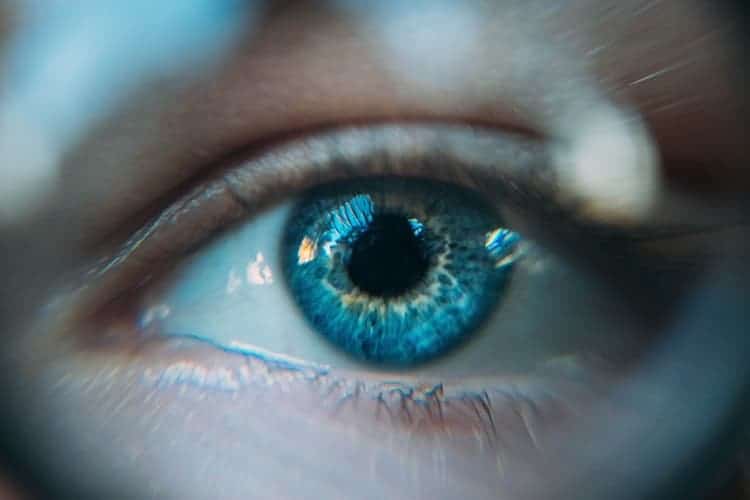This innovative technique could help millions of patients.

The 58-year-old patient had virtually no sight in either eye. “His retina was unable to detect any significant signal,” said José-Alain Sahel, an ophthalmologist at the University of Pittsburgh and first author of the study.
The patient is suffering from a condition called retinitis pigmentosa. His photoreceptor cells were not functional, which meant his eyes were unable to capture any light — these are the cells that normally receive signals from the rods and cone cells and pass them to the brain. But the rest of the visual mechanism was functional. If researchers could somehow get the photoreceptor cells to work, the patient’s eyesight (or at least some of it) could be returned.
So the team created a viral vector, similar to the one used in some COVID-19 vaccines. The vector was meant to deliver algae genes into the ganglion cells that are sensitive to amber or red light. But this was just the start of it. After the gene is delivered into the eye, it produces a light-sensing protein called channelrhodopsin, which serves as a sensory photoreceptor in unicellular green algae and helps them search for light.
The patient was also asked to wear special goggles that turn the incoming light into monochromatic images and projects them onto the re-engineered cells in the retina (the process takes place in real-time).
At first, it wasn’t clear if the procedure was successful — the man didn’t report any change for months. Then, one day, seemingly out of nowhere, he reported spontaneously seeing the white stripes of a crosswalk. Several lab tests were carried out to confirm the improvement, and the team released two videos showing the patient finding different objects in a lab.
This is still only a partial improvement, it only works on some types of blindness, and it’s just one participant — but it’s the first time the approach has ever been used with success. The researchers hope that once the pandemic subsides, they can continue enrolling other people in the clinical trial.
“They are telling us what they are seeing and they are telling us how they are using their restored vision,” says Sahel to CNET. “The patients are really partners, more than ever, in trials.”
According to the National Institutes of Health, 1 in 4,000 people suffer from retinitis pigmentosa worldwide. The condition causes tunnel vision and many patients end up losing their eyesight
The technique called optogenetics (controlling neurons and other cells with the use of light) was initially developed as a way to study the brain. The idea is that you could use some types of light to flick some brain cells on or off. But increasingly, researchers are looking at ways to use optogenetics to add light sensing to cells in the eyes, and the approach may soon leave the lab and enter the clinic.
The study was published in Nature. It’s estimated that larger trials will be completed by 2025.









